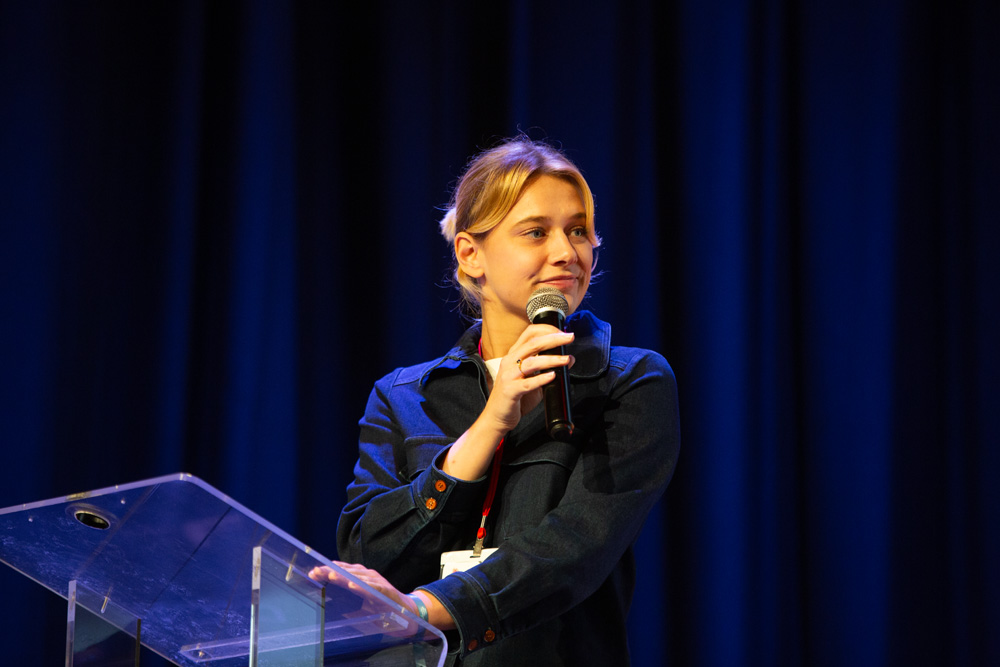Assessment of cross-contamination risk, between two products, in a robotized anticancer drugs compounding process (RIVA® ARxIUM)
2 October 2024
M. Devries 1, C. Danel1,2, L. Negrier1,2, A. Lecoutre1, J. Courtin1, M. Vasseur1,2, P. Odou1,2, N. Simon1,21 CHU Lille, Institut de pharmacie, F-59000 Lille, France
2 Univ. Lille, CHU Lille, ULR 7365 - GRITA - Groupe de Recherches sur les formes Injectables et les Technologie Associées, F-59000 Lille, France
Background
Good manufacture practices form compounding 2023 impose technical and organizational measures to avoid cross-contamination (CC). Given the constant increase in chemotherapy preparation activities, the unit acquired, in 2021, a RIVA® ARxIUM compounding robot to prepare cytotoxic drugs and monoclonal antibodies. The aim is to search the presence of CC between two different products, prepared simultaneously by the robot.
Method
Quinine (Q) and fluorescein (F) were chosen as contaminant markers due to the low detection limits (LOD) achievable by High-Performance Liquid Chromatography (HPLC) coupled with fluorescence detection (FLD). No interference between the two fluorophores was identified. In order to obtain the lowest possible LOD, a specific assay method for each compound was developed. Q and F were diluted in two different matrices: A (0.9% NaCl) and B (0.9% NaCl/Polysorbate 80: 90/10). Three runs, each containing 5 bags of Q and 5 bags of F produced simultaneously, were carried out in both A and B configuration. Two different preparation operating modes (MOs) were designed to simulate a "worst-case scenario" (simultaneous preparations: lyophilisate/solution; multiple manipulations, maximized volumes and sampling) in order to increase the risk of CC. One, optimized with "fine" robot settings, was tested on configurations A and B. The other, with deliberately dysfunctional settings causing incidents and product leaks, was tested on configuration A. Two positive controls (PC) at a concentration (C) 10 times higher than the limit of quantification, were performed in configuration A (in triplicate).
Results
Except for the PCs, no signal corresponding to the presence of F in the Q bags was detected and vice versa. The LODs were 0.013 ng/mL for F and 0.83 ng/mL for Q. Considering the preliminary dilutions for analysis to limit chromatographic system contamination (1/50th for Q bags and 1/10th for F bags), the C of F in Q bags and vice versa were less than 0.65ng/mL and 8.3ng/mL, respectively, corresponding to less than 0.000065% and 0.00083% of the final concentration, approximately 1 mg/mL, of the prepared bags. No CC was detected in the bags, even when the robot leaked during production.
Conclusion
These encouraging results, show that this robotized process effectively control CC between two products prepared simultaneously, even if incidents happen. The non-compliant MOs remains to be tested in configuration B. This study will enable us to investigate the possibility of preparing cytotoxic drugs and monoclonal antibodies during the same campaign production.
Keywords: Robotization, anticancer drugs, cross-contamination, HPLC-FLD.
